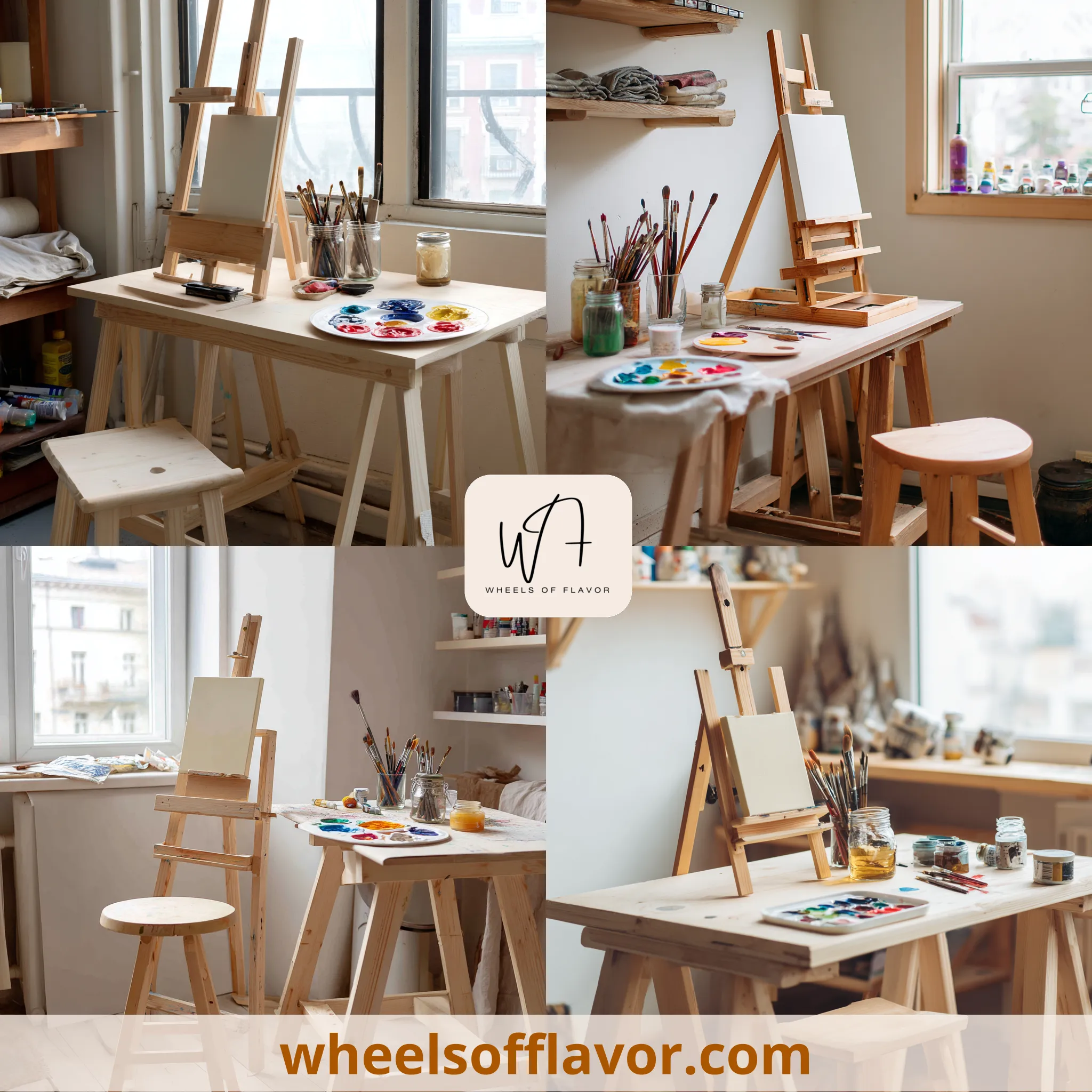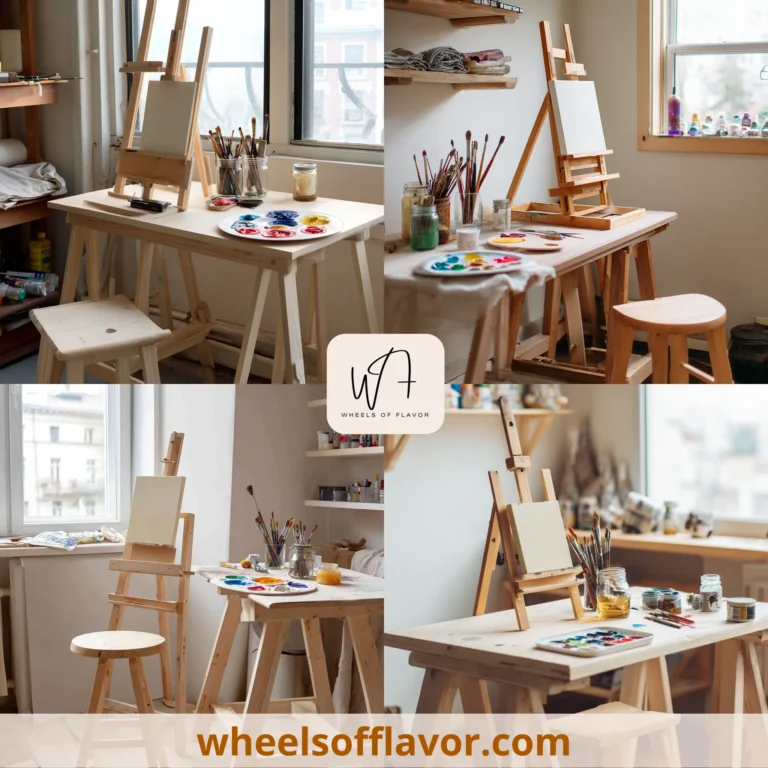
Are you intrigued by the timeless beauty of oil painting but feel overwhelmed by where to begin? You’re not alone. Many aspiring artists are drawn to the rich textures and vibrant colors that oil paints offer, yet they hesitate due to perceived complexity. This guide, ‘Oil Painting for Beginners Ideas,’ is designed to demystify the process and inspire you to take that first brushstroke. Oil painting is more accessible than ever, and with the right approach, it can become a rewarding hobby or even a passion. Starting with simple ideas helps build confidence and foundational skills, preventing frustration and fostering creativity. In today’s fast-paced world, engaging in a hands-on art form like oil painting offers numerous benefits, from stress relief to improved focus and self-expression. Whether you’re looking to decorate your home with personal artwork or simply explore a new creative outlet, this article provides practical advice and inspiration. We’ll cover easy-to-follow ideas, essential tools, and step-by-step guidance to ensure your painting experience is enjoyable and successful. Remember, every master painter started as a beginner, and with patience and practice, you can create stunning pieces that reflect your unique style. Let’s dive into the wonderful world of oil painting and unlock your artistic potential together!
Essential Oil Painting for Beginners Ideas to Spark Creativity
Starting with simple and manageable projects is key to building confidence in oil painting. One great idea for beginners is to paint still life compositions using everyday objects like fruits, vases, or books. This allows you to practice basic techniques such as blocking in shapes, mixing colors, and applying layers without the pressure of complex subjects. Choose items with solid forms and interesting textures to make the process engaging. Another excellent idea is to recreate landscapes from photographs or your own imagination. Focus on scenes with clear elements like skies, trees, or water, which help you learn about perspective and light. For instance, painting a sunset with warm hues can teach color blending and gradation. Abstract painting is also a fantastic option for beginners, as it emphasizes expression over realism. Use bold brushstrokes and vibrant colors to create non-representational art that feels freeing and intuitive. These ideas not only make oil painting approachable but also lay the groundwork for more advanced work. Always start with a small canvas to avoid feeling overwhelmed, and remember that mistakes are part of the learning process. With these beginner-friendly ideas, you'll quickly see progress and develop a love for this medium. For more inspiration, check out this guide from The Spruce Crafts, a trusted resource for art tutorials.
Tools and Materials for Oil Painting for Beginners Ideas
Having the right tools is essential for executing your oil painting ideas successfully. Start with a basic set of oil paints in primary colors (red, blue, yellow) plus white and black, which allow you to mix a wide range of hues. Affordable student-grade paints are perfect for beginners, as they offer good quality without a high cost. You'll also need brushes in various sizes and shapes; synthetic brushes are durable and easy to clean. A palette for mixing colors, palette knives for applying paint or creating textures, and a solvent like turpentine or odorless mineral spirits for thinning paints and cleaning brushes are must-haves. Don't forget a canvas or canvas board—pre-primed surfaces are best for beginners as they require no additional preparation. An easel can help you work comfortably, but it's not necessary initially; you can paint on a flat surface. To set up your workspace, ensure good lighting and ventilation, as oil paints can have fumes. Organize your materials logically to keep your focus on creativity. As you explore different oil painting for beginners ideas, these tools will support your experiments and help you achieve desired effects. Investing in quality basics from the start can enhance your experience and results. For budget-friendly options, consider visiting art supply stores or online retailers. Remember, you can always upgrade as you advance, so start simple and build from there.
Step-by-Step Guide to Executing Oil Painting for Beginners Ideas
Following a structured approach can make your oil painting ideas come to life smoothly. Begin by selecting an idea, such as a simple still life or landscape, and gather reference materials if needed. Sketch your composition lightly on the canvas with a pencil or thin paint to outline the main elements. Next, apply an underpainting—a monochromatic layer using diluted paint to establish values and shapes. This step helps in planning lights and darks before adding color. Once dry, start blocking in colors with thicker paint, working from background to foreground. Use a limited palette to avoid muddy mixtures and focus on layering; oil paints dry slowly, allowing you to blend and adjust. For example, if painting a fruit still life, build up colors gradually, adding highlights and shadows for dimension. Take breaks to let layers dry slightly, preventing smudging. As you work, experiment with brush techniques like stippling or glazing to add texture and depth. Clean your brushes regularly with solvent to maintain their shape. Finish by evaluating your painting, making final touches, and allowing it to dry completely—this can take days or weeks. This methodical process reduces overwhelm and ensures steady progress. For more detailed tutorials, explore resources on https://wheelsofflavor.com/, which offers beginner-friendly art tips. Practice regularly, and soon you'll master executing various oil painting for beginners ideas with confidence.
Conclusion
Embarking on your oil painting journey with these beginner ideas is a fantastic way to explore creativity and develop new skills. We've covered essential concepts, from simple project ideas like still lifes and landscapes to the necessary tools and a step-by-step execution guide. Remember, the key to success in oil painting is patience and practice; don't be discouraged by initial challenges, as each stroke brings you closer to mastery. This art form not only enhances your decorative abilities for home spaces but also offers therapeutic benefits, such as reduced stress and increased mindfulness. As you continue, consider joining local art classes or online communities to share your work and gain inspiration. Looking ahead, the future of oil painting is bright with advancements in eco-friendly materials and digital resources that make learning more accessible. Keep experimenting with different styles and techniques, and soon you'll be creating pieces that reflect your unique voice. For ongoing support, revisit the ideas and tips shared here, and always stay curious. Whether you're painting for fun or aiming to become a proficient artist, this foundation will serve you well. Start today, and let your creativity flow—your first masterpiece is just a brushstroke away!
Frequently Asked Questions
Q: What are the easiest oil painting ideas for absolute beginners?
The easiest ideas include painting simple still life setups with objects like apples or cups, which help practice basic shapes and colors. Abstract paintings with bold strokes are also great, as they focus on expression rather than precision. Landscapes with clear horizons, such as a beach scene, are manageable and teach perspective. Start small to build confidence.
Q: How long does it take for oil paintings to dry, and how should I store them?
Oil paintings can take from a few days to several weeks to dry completely, depending on paint thickness and environmental conditions. To store them, place them in a dry, well-ventilated area away from direct sunlight to prevent cracking or yellowing. Use a rack or lean them against a wall with protection to avoid smudging during the drying process.
Q: Can I use oil paints if I have allergies or sensitivities to chemicals?
Yes, but opt for odorless mineral spirits instead of traditional turpentine, as they are less irritating. Water-mixable oil paints are another alternative, as they clean up with water and reduce exposure to harsh solvents. Always work in a ventilated space and consider wearing gloves to minimize skin contact, making oil painting safer for those with sensitivities.

